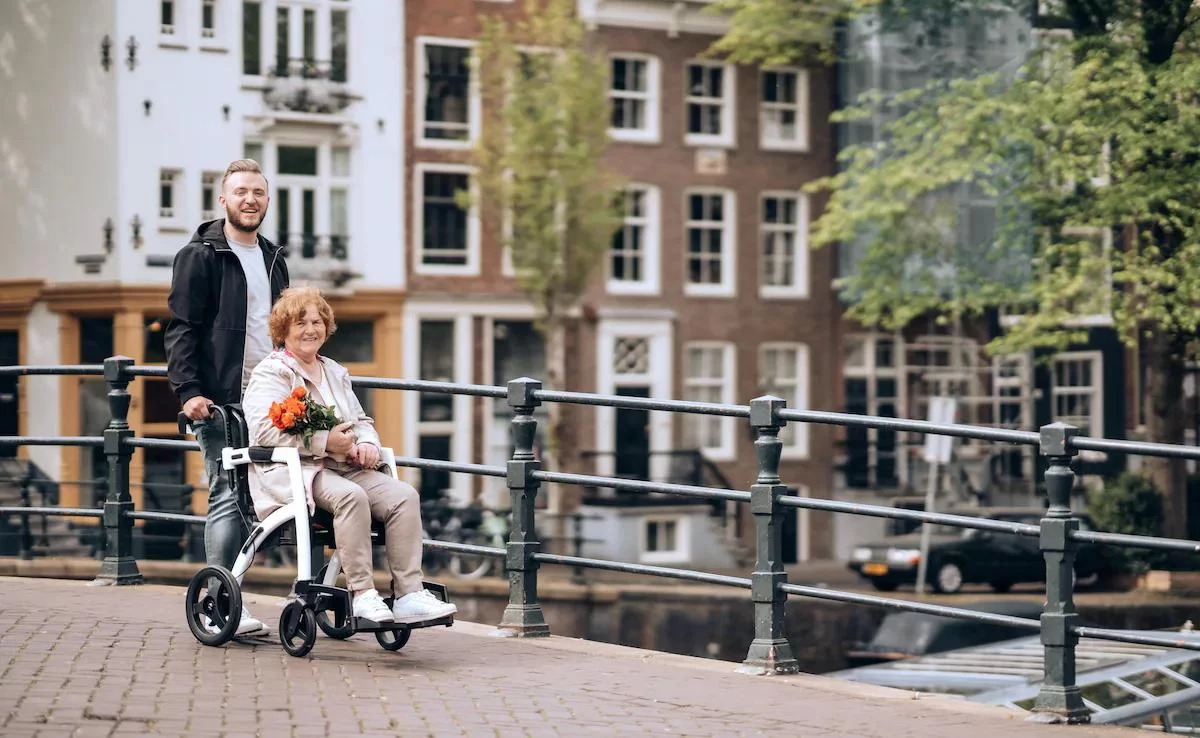How to Travel on a Tight Budget in Europe: Top Tips for Affordable Travel
- 1. Finding Affordable Accommodation in Europe
- 2. Navigating Europe on a Budget: Transportation Tips
- 3. Eating Well Without Breaking the Bank
- 4. Free and Low-Cost Activities in Europe
- 5. How to Plan Your Trip to Get the Best Deals
- 6. Real-Life Experience: How I Traveled Europe on a Tight Budget
1. Finding Affordable Accommodation in Europe
When I first started traveling in Europe on a tight budget, accommodation was one of my biggest concerns. However, I quickly discovered that there are plenty of affordable options if you know where to look. One of the best tips for finding budget-friendly accommodation is to consider staying in hostels. Many hostels in Europe offer not only dormitory beds but also private rooms, often with shared kitchens where you can cook your own meals. It’s a great way to save money while meeting fellow travelers.
Another budget-friendly option is Airbnb. I’ve had wonderful stays in local apartments, which allowed me to experience the city more like a local. Plus, staying in an apartment means you can cook your own meals, saving money on dining out. For those looking for a more unique experience, couchsurfing is another great option where you can stay with locals for free, though it’s important to review profiles and ratings carefully to ensure safety.
2. Navigating Europe on a Budget: Transportation Tips
Getting around Europe can be one of the biggest expenses, but with the right strategies, you can travel cheaply. I highly recommend using buses and trains for getting between cities. Budget bus services like FlixBus offer extremely cheap fares for travel across Europe, and they’re often more comfortable than you might expect. If you're traveling between larger cities, trains are another cost-effective option. Be sure to book your tickets in advance, as this can save you a significant amount of money.
If you’re planning to explore a single city, I recommend using public transportation such as buses, trams, or metro systems. Most major European cities offer day passes or travel cards, which give you unlimited rides for a set period. I used these in places like Paris and Berlin, and it was a convenient and affordable way to get around.
Lastly, don’t forget about walking! Many European cities are incredibly pedestrian-friendly, and walking is not only free but allows you to explore hidden gems you might otherwise miss.
3. Eating Well Without Breaking the Bank
Food is one of the most enjoyable parts of any trip, but it can also be a big expense. On my travels across Europe, I learned that you don’t have to dine at expensive restaurants to enjoy delicious meals. For breakfast and lunch, I often visited local bakeries or supermarkets to pick up fresh sandwiches, pastries, and fruits. Many cities in Europe have fantastic food markets where you can find local produce, cheeses, and meats at reasonable prices.
In cities like Barcelona and Rome, I would often grab a delicious baguette or pizza slice from a small eatery, which was not only affordable but authentic. Street food can also be an amazing budget-friendly option. I found amazing local street vendors in Istanbul, Berlin, and London, where you can get filling meals at very low prices.
If you’re staying in an Airbnb with a kitchen, I recommend cooking your own meals. I did this a lot during my trip, and not only did it save money, but it also allowed me to experiment with local ingredients and recipes. Buying from local markets instead of tourist areas can make a huge difference in your food budget.
4. Free and Low-Cost Activities in Europe
One of the best things about traveling on a budget in Europe is that many of the top activities are completely free or cost very little. Museums and historical sites often offer free entry on certain days of the week. For example, many museums in London are free, including the British Museum and the National Gallery. Similarly, in Paris, the Louvre Museum offers free admission to visitors under 26 from the EU.
Walking tours are another great way to explore the city without spending a lot of money. I took several free walking tours in cities like Prague, Lisbon, and Amsterdam, and they were fantastic. These tours are typically tip-based, so they are an affordable way to learn about the history and culture of the area.
Don’t forget about the natural beauty of Europe! Many cities have beautiful parks and gardens, such as Hyde Park in London or Jardin des Tuileries in Paris, where you can enjoy a relaxing day without spending a penny.
5. How to Plan Your Trip to Get the Best Deals
Planning your trip well in advance is key to traveling on a tight budget in Europe. I always book my flights and accommodations early to take advantage of discounts. Websites like Skyscanner and Google Flights are great for finding the cheapest flights. I also use Booking.com and Hostelworld to find affordable hotels and hostels, often with free cancellation options.
Traveling during the off-season is another great way to save money. Flights and accommodation prices drop significantly outside the summer months, and you’ll avoid the crowds. When I visited Italy in early spring, I was able to enjoy famous sites like Colosseum and Vatican City without long queues and at a fraction of the cost.
Finally, always look for city passes or discount cards, which offer free or discounted entry to major attractions. These passes are particularly useful in cities like Barcelona and Berlin, where you can save a lot if you plan to visit multiple attractions.
6. Real-Life Experience: How I Traveled Europe on a Tight Budget
When I decided to travel through Europe on a tight budget, I knew it would be a challenge. However, with a little planning and flexibility, I was able to have an incredible experience. I used budget airlines like Ryanair and took trains to get from city to city. I stayed in hostels and Airbnb rentals, and I cooked most of my meals, which saved a ton of money. I also focused on free activities, like walking tours and visiting museums on their free days.
One of the most memorable moments of my trip was in Budapest, where I enjoyed the beautiful Danube River and relaxed in one of the city’s thermal baths, all for a fraction of what I would have paid in other cities. By traveling smart and sticking to my budget, I was able to experience more of Europe than I ever expected.
If you’re planning a trip to Europe on a budget, don’t hesitate to explore more tips and tricks to make the most of your journey. Want to learn more or book your next adventure? Visit Rob Travel for more helpful advice on budget travel and affordable European experiences.






